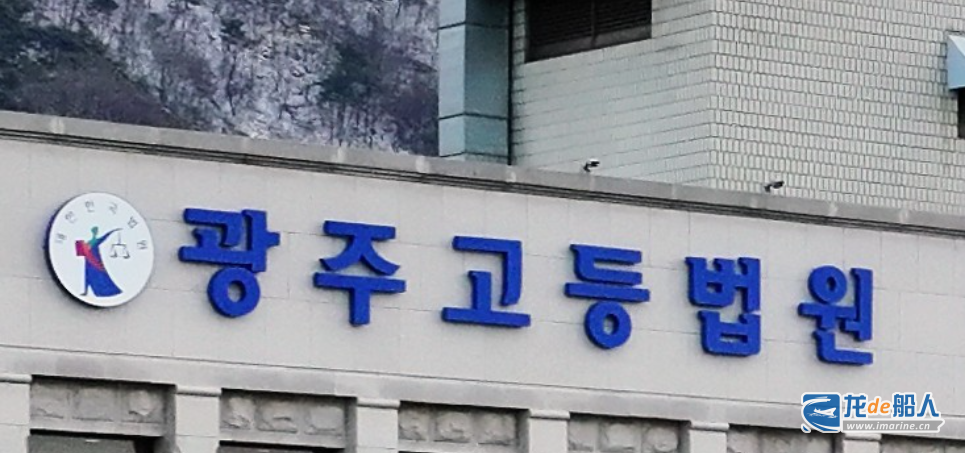A retired employee of a large South Korean shipyard was accused of leaking shipbuilding technology to a Chinese shipyard, but the court ruled that he was not guilty in both the first and second trials. The court held that the shipbuilding technology leaked by the defendant to the Chinese shipyard did not constitute “national core technology and trade secrets”.
On June 24, the First Criminal Division of the Gwangju High Court in South Korea (High Court Judge Park Jeong-hoon) rejected the prosecution’s appeal against A, a 61-year-old retired employee of a shipyard, and upheld the verdict of acquittal in the first trial.
It is said that A was accused of stealing data such as “liquefied natural gas (LNG) cargo tank manufacturing technology” from a major shipyard, Company B, after his retirement from the company, and providing the data he got from a colleague of the company to a competitor shipyard in China. After the court hearing, A was acquitted during the first instance.
Between 2019 and 2020, A dispatched a skilled South Korean technical worker and provided technical consulting services to a Chinese shipyard. In exchange, A made a profit of over 430 million won from the Chinese shipyard.
The First Criminal Division of the Gwangju High Court of South Korea ruled in both the first and second instance that the technology provided by A to the Chinese shipyard did not fall within the category of Korea’s national core technology, and that the information stolen from Company B did not fall within the category of trade secrets.
The court held that “the technology provided by A to the Chinese company was a technology acquired by Company B by paying royalties to a foreign company and obtaining the right to use it, which is a foreign technology and cannot be recognized as Korea’s national core technology.” As for the leakage of trade secrets, the court held that “although the leaked data were internal information of economic value, there was no evidence that Company B maintained and managed the information as ‘trade secrets,’ and thus it could not be recognized as a leakage of trade secrets.”
Currently, shipyards need to pay the patent provider, GTT, a considerable technical service fee for every LNG carrier they build, partly for the right to use the patent, with the total service cost accounting for about 5% of the cost of a new vessel. In order to break the technology monopoly of GTT, Korea Gas Corporation (KOGAS) and its subsidiary KC LNG Tech, together with three major South Korean shipping companies, initiated a joint research and development project on Korean-type LNG tank technology many years ago, and launched the first generation of Korean-type LNG tank technology (“KC-1”) in 2014.
However, a major malfunction of the Korean-type “KC-1” LNG tank technology during its application on real ship has resulted in the two LNG carriers “SK Serenity” and “SK Spica” built by Samsung Heavy Industries for SK Shipping in Korea not being able to be put into operation so far and may even be scrapped as “new ships”. It is reported that since their delivery, the two LNG carriers have suffered from defects such as gas leakage, cracks and icing on the outer walls of the tanks. To date, the two LNG carriers have never operated commercially.
Currently, SK Shipping, Samsung Heavy Industries and KOGAS are engaged in legal proceedings over the defective design of the liquid cargo tanks.Samsung Heavy Industries has recently paid KRW 378 billion (US$290 million) in damages to SK Shipping in accordance with an arbitration award by the London Maritime Arbitrators Association (LMAA).
Samsung Heavy Industries, believing that the dispute “lies entirely with KOGAS”, has decided to file a lawsuit against it and claim approximately US$290 million in order to recover the compensation paid to SK Shipping.




